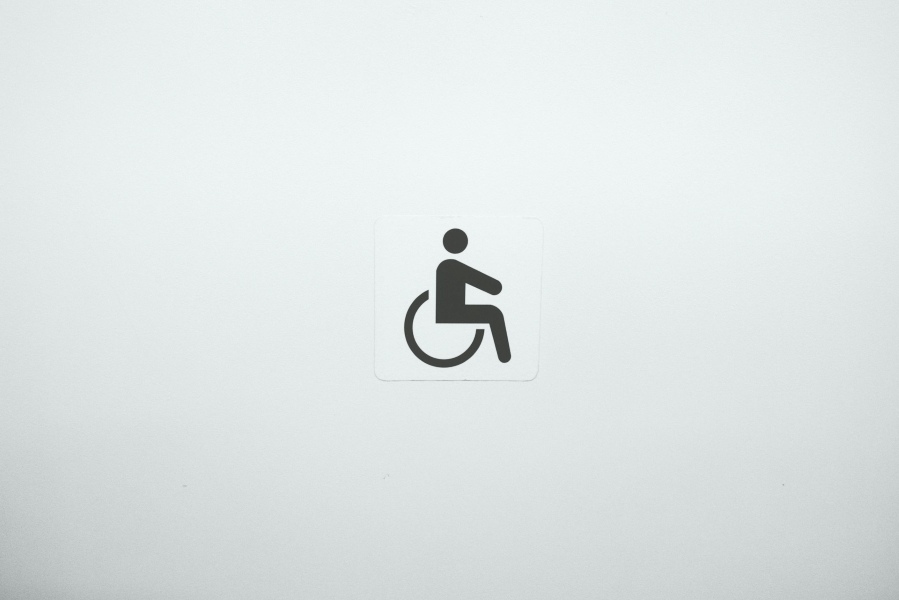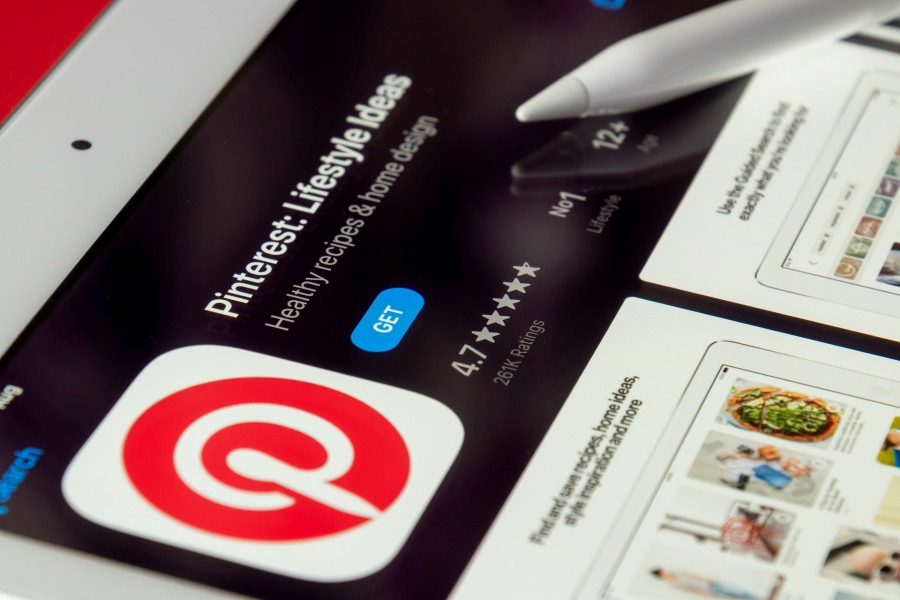Advertising is all around us. In the United States, it’s estimated that the average person is exposed to anywhere between 4000 and 10,000 ads in a single day. With so many ads, it may feel impossible to get your business to stand out and reach new customers. But there’s one tried-and-true method you should never overlook: print advertising.
Print advertising may feel outdated in our digital era. While it’s true that digital ads are often less expensive and easier to create, there are still several advantages to print ads. Print is also evolving. From integrating cross-platform technologies like QR codes to emphasizing sustainable materials and bolder aesthetics, the future of print advertising is rich with exciting possibilities.
Benefits of Print Advertising vs. Digital
Is print advertising important for marketing in 2024? Yes! Although print ads don’t have to be the core pillar of your campaign, they can provide a vital boost. Print advertising builds awareness and leads to more brand authority than digital ads. According to a 2021 survey, nearly half of all US adults said they trust print ads, whereas fewer than 1 in 5 trust ads on social media.
Print advertising also yields higher engagement:
- On average, the response rate for direct mail is 37% higher than email marketing.
- 80% of people who view a print advertisement will act on it immediately, versus only 45% of people who view digital ads.
- The average response rate for print ads is 9%, while the rate for digital ads (including email, paid search, and social media) hovers around 1% on average.
- When print and digital are used together, total engagement is 400% more effective than digital alone.
Additionally, many consumers feel more brand loyalty to companies that advertise in print media. People often feel more connected to a brand when they receive a postcard or mailer. Although email marketing and social media ads are convenient, they lack the personal touch of direct mail and the authority of ads in magazines or newspapers.
Trends & Future Predictions
Print advertising has existed for centuries. The earliest ad in recorded history was printed on papyrus and dates back to ancient Egypt. In other words, print is here to stay. But just like any media, print ads have changed over time to reflect different consumer tastes, social movements, and technologies.
No prediction is foolproof. However, by analyzing recent trends, we can anticipate how the future of print advertising may unfold. Understanding these trends and subsequent predictions can help your advertising strategy remain on the cutting edge.
Targeting Gen Z & Gen Alpha
Gen Z refers to individuals born between 1995 and 2009. Their younger counterparts, Gen Alpha, are people born between 2010 and 2025. As these two demographic cohorts come of age, it’s vital to target them in your brand’s marketing strategy.
Gen Z, in particular, is proving to be a strong cultural trendsetter. They have significant influence on music, film and television, fashion, and even politics. Gen Z’s taste resonates across other generations and impacts different people from all walks of life.
Like other types of advertising, it’s expected that print ads will shift to capture the attention of Gen Z and Gen Alpha. This shift will likely consist of aesthetic choices that appeal more to these demographics, as well as creative approaches to media buying to target offline spaces they frequent.
More Sustainability
One of the downsides of print advertisement is the material involved. From paper to ink – and sometimes additional materials like glue, staples, binding supplies, and packaging – it’s no secret that print ads require more resources than digital.
This presents a challenge for brands. A recent study by McKinsey & Co. found that 66% of consumers said they want more sustainable products and packaging. If a potential customer feels your business is being wasteful, they may switch to a more eco-friendly competitor.
That’s why we predict the future of print advertising will continue to go green. Many companies already use recycled paper, water-based inks, and other materials that are sustainably sourced. In the coming years, it will be even more important to incorporate sustainability practices.
We anticipate that print advertisers will also partner with nonprofits such as Ecodrive, which supports the environment by planting trees when consumers make a purchase or complete other transactions.
Focus on Niche Markets & Personalization
To cut through the crowded media landscape, print ads will likely become more focused on niche markets and hyper-specific audience segmentation. Artificial intelligence tools are likely to play a role in this.
Using AI, agencies can identify unique patterns in consumer behavior and develop new strategies for print ads. Ad copy, assisted by AI, can use region-specific slang to reflect local culture and create deeper brand loyalty.
Similarly, successful print ads may incorporate personalization. New digital platforms can observe someone’s shopping habits or social media preferences and then recommend offline direct mail campaigns for those consumers. For example, a consumer browsing for shoes can be sent a print coupon that includes their style and color preferences or even their shoe size!
Digital Integration
Finally, we anticipate that more print ads will incorporate digital components such as QR Codes and augmented reality (AR). By including elements that tie into a website or social media campaign, these print ads will drive more user engagement. This creates a more memorable, creative campaign across all platforms.
Let Bloom Guide You Into the Future
Regardless of what the future holds for print advertising, it helps to have a trusted marketing agency on your side. At Bloom Ads, our team is forward-thinking and dedicated to bold, fresh ideas that keep pace with the speed of culture. Find out how we can help your business grow with print ads or other marketing. Contact us today!



